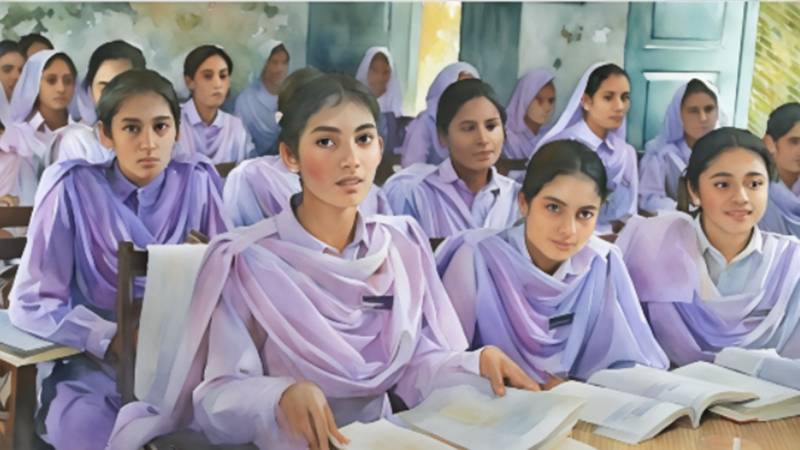
In Pakistan, unfortunately, there is a significant gender gap at higher education levels. The ratio of female students is far lower than male students. This can be bridged through different measures, especially by making it a priority to engage in capacity-building and also nurturing stakeholder ownership for implementing SDG-4 at the both the federal and provincial levels in Pakistan. This is all the more necessary when we see that there is a need to review the educational policies at the higher education level in line with the expectations of the people and socio-economic structure of the country. The whole educational system needs a reorientation and reorganisation to ensure an integrated and balanced development of education in various stages to keep it at par with the requirements of the modern age.
The quality of education needs to be enhanced for improving education in Pakistan. It is necessary to build more institutions, which are required for expanding access to many people. Establishing more centres to promote research is vital. For instance, the UK has robust quality assurance mechanisms and it has partnerships with international universities. It has Quality Assurance Agency for Higher Education. Pakistan can ensure quality through emulating the same model. Adopting this strategy will not only increase global engagement but will also increase the reputation of institutions at the international level.
From India, Pakistan can learn how to increase its footprint in digital learning and improve the standards of education with an increased accessibility for students. In this way it can be assured that the learning outcomes are also increased.
At the level of colleges and universities, open houses, job fairs and career counselling programs can be targeted towards female students, ensuring their inclusivity
From Bangladesh, Pakistan can learn how to engage communities in improving educational quality. By community engagement it can be discerned that the education at higher levels is compatible with the needs of the local community, and it adds to the development of society in the strictest sense.
For promoting gender equity, the number of scholarships can be increased for female students at colleges and universities. Advocacy campaigns for inclusivity of females by making them more educated at advanced levels – especially equipping with technological skills enabling them to become independent – can foster a healthy change and in this way, they will be able to play a proactive role in nation building process. An informed woman is a strong woman and it eventually leads to empowerment.
The mindset of the parents in typical households, where female education at higher levels is given the least importance, needs a rethink in its orientation. Parental awareness workshops at a community level can help achieve this purpose. Likewise, young girls, community leaders and educators can participate in workshops at a community level.
At the level of institutes and districts, teachers, education policy makers and administrators can help increasing confidence in girl students through an emphasis on gender equity in education at secondary and higher levels. NGOs and CBOs (Community Based Organisations) can also conduct door to door campaigns. There can be seminars and community level programs. At the level of colleges and universities, open houses, job fairs and career counselling programs can be targeted towards female students, ensuring their inclusivity.
A shift in the thinking patterns and societal values relating to girl education is very necessary, as in Pakistan women constitute more than 48% of the population. Religious leaders and media campaigns can also play their important role in raising awareness at regional and national levels, especially in the rural and under-served areas and it will help facilitate the inclusive learning environments. This will also help address the gender gaps and make females perform a participatory role in socio-economic uplift. Special training camps can be arranged in this connection.
Gauging gender equity initiatives through proper monitoring is also essential to achieve the desired targets. In this manner not only, the effectiveness can be monitored but essential adjustments can also be made. Moreover, there is a need to review the educational policies at higher education level in line with the expectations of the people and socio-economic structure of the country. The whole educational system needs an overhaul and a reorganisation to ensure an integrated and balanced development of education in various stages to keep it at par with the requirements of the modern age.

